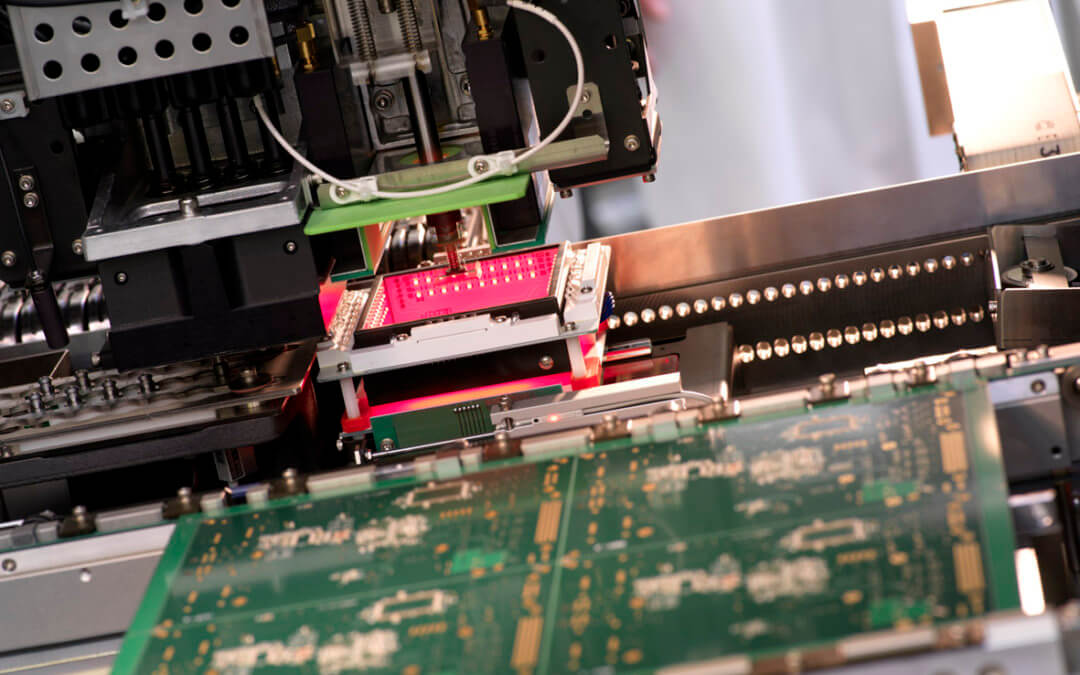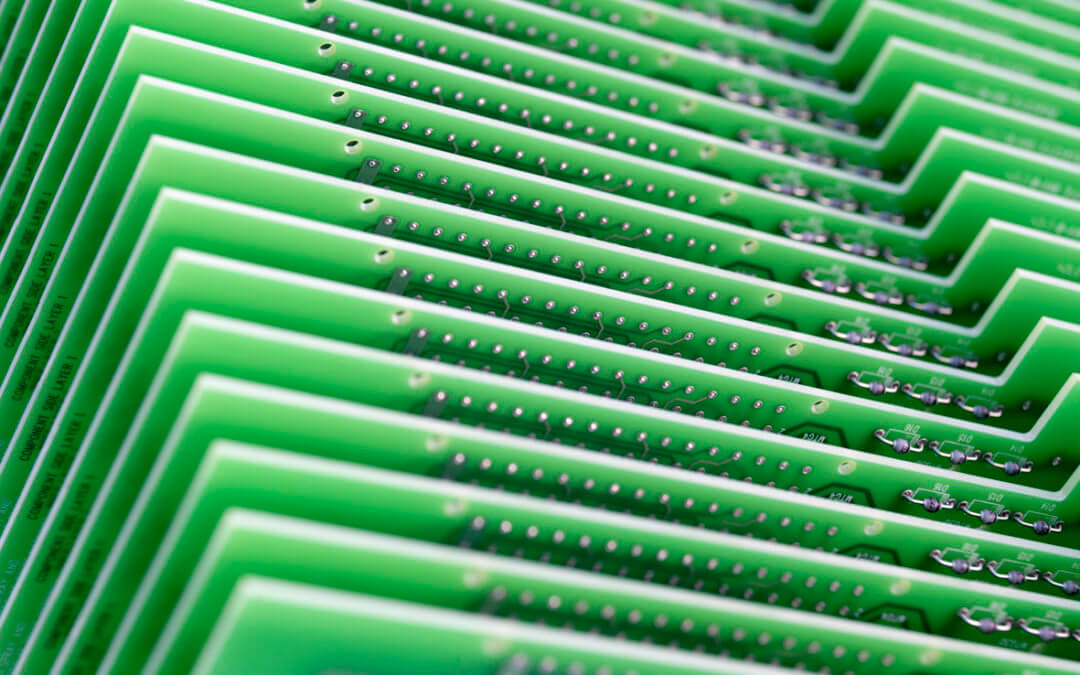The potential uses for 3D printing were widely misunderstood when it first appeared on the scene.
Tech pundits and futurologists joined forces to proclaim that 3D print would usher in a consumer revolution, as individuals took control of the means of production for themselves.
But, as we highlighted in our last blog, the benefits of 3D printing are now actually reshaping the manufacturing sector, rather than making it redundant.
The trend towards Additive Manufacturing
You can chart the change in the perceived benefits of 3D printing. As it changes from being seen as a consumer tool to a production tool, the use of the term ‘Additive Manufacturing’ (AM) dramatically rises.
This is how searches for AM are reported by Google Trends:

3D printing and AM are now used interchangeably as terms.
Peter Zelinski, the editor-in-chief of Additive Manufacturing magazine, reminds us we should bear in mind that AM also refers to other technologies and processes.
These include:
- Rapid prototyping
- Direct digital manufacturing
- Layered manufacturing
- Additive fabrication
Revealing synonyms
Synonyms, other than 3D printing, that are increasingly used for AM hint strongly at the benefits it offers – and that we will review further below:
- Desktop manufacturing
Suggests how AM frees production from the tyranny of tooling - Rapid manufacturing
Echoes rapid prototyping
Suggests the speed of both prototyping and manufacture that 3D print offers - On-demand manufacturing
Echoes on-demand printing
Suggests the ability to cost-effectively create bespoke, tailored products
Additive Manufacturing
AM describes any technology that creates something by cumulatively adding layers of material.
The range of materials that can be used is ever-expanding and includes plastics, metals and concrete. In the very near future advances in biotechnology will inevitably see human tissue included in this list.
The basis of AM is computerised 3D modelling (or CAD). The data from this is used to add successive layers of liquid, powder or sheet material to manufacture a 3D object.
AM is fundamentally different to traditional manufacturing processes. These typically have a high up-front cost that is related to the need to create tooling.
- Moulds are required by formative manufacturing technologies (such as injection moulding)
- Cutting tools are needed for subtractive technologies (such as CNC machining).
The uses of Additive Manufacturing
This is what AM does well:
- It is best suited to the production of single (or a limited number) of parts
- It has an incredibly quick turnaround time
- It has very low set-up costs
- It can produce complex geometric shapes that are not producible using traditional manufacturing methods
In the past it was the case that the lower strength of objects it created could be an issue – and similarly it had proved wanting where functional parts with tight tolerances were called for – but this is increasingly not the case.
For instance in 2017, Siemens created the first gas turbine blades ever produced using 3D printing. Following performance testing under full-load conditions, these blades were found to survive temperatures above 1,250oC and pressures similar to the weight of a double-decker bus.

Source: Future Makers
What’s more, the blades traditionally took over a year to make but, with 3D technology, they took just eight weeks.
Early uses of AM harnessed its benefits for rapid prototyping, but more recently it is being used to fabricate end-use products in aircraft, dental restorations, medical implants, automobiles and even fashion products.
“This technology will impact pretty much every market sector, whether it’s shoes, whether its clothes, automobile parts, aeroplane parts, medical devices or electronics.”
Michael Todd, Global Head of Innovation at Henkel

Source: 3D metal work printing (image courtesy of Davidfotografie/Arup).
The benefits of Additive Manufacturing
The speed of production and lack of tooling requirements are a big plus for manufacturers. They enable designers to rapidly and cost-effectively prototype designs for verification and testing. In the past it took days or even weeks to receive a prototype – now AM places a model in the designer’s hands within hours.
This speed is further enhanced by the efficiencies AM can offer. Most parts require a large number of manufacturing steps to be produced traditionally, but AM completes the build in just one step. Freed from the constraints of, for example, machining and welding, new designs and possibilities can be explored.
For single (or low) volume runs, AM’s lack of tooling offers distinct cost advantages. It removes the need for a skilled machine operator to be present during the manufacture.
It is these cost and time benefits that have led to many innovative uses of AM. Nowhere is this more so than in the production of customised products. It is now possible to reduce the cost of bespoke products such as dental implants, hearing aids, prosthetics and, perhaps even in the near future, body tissue.
As well as medical and dental uses this capability is also seeing AM used for specialised military, automotive and aeronautical parts, as well as for customised fits on sporting equipment and fashionwear.
Is additive manufacturing the future?
As consumer trends move toward customisation, and increased competition demands lower and lower lead times, there is a clear place for AM in the future.
And it’s looking like it can disrupt niche manufacturers requiring specialist tolerances and precision as well as those serving the mass, consumer market.
At present, there are two main factors that restrict its use:
- Scalability
AM still can’t cost-effectively manufacture higher volumes of products - Versatility
The range of materials that AM can use for manufacture is expanding but, for example, it still struggles to handle true silicones
However, its capabilities are continually expanding.
And it’s here to stay.
Richard Hague, Professor of Innovative Manufacturing at the University of Nottingham, firmly stakes its place in the future of manufacturing:
“I don’t think additive manufacturing is an emerging technology any more. I think it’s emerged, and many people are already using it – and using it successfully.”




